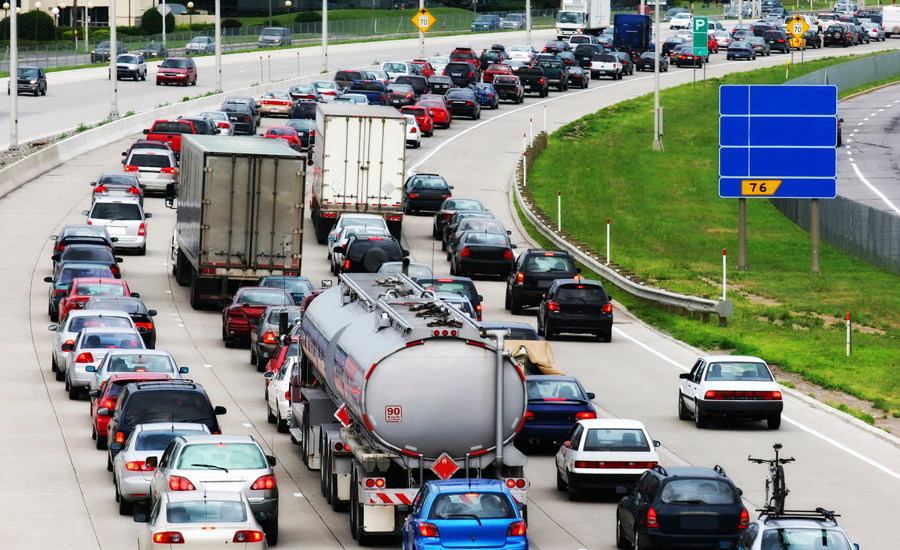Workers in many industries and occupations spend part of their workdays on the road. Drivers who are on the job may be more likely than others to be in a hurry to reach their destination, think about work, be tired, or use a cell phone.
The National Institute for Occupational Safety and Health (NIOSH) is using Distracted Driving Awareness Month – April – to remind employers about how and why to prevent their employees from driving while distracted.
3,179 fatalities in one year
The “why” is simple: distracted driving is dangerous and costly. According to the National Highway Transportation Safety Administration (NHTSA) 16 percent of all motor vehicle crashes in the U.S. in 2014 involved a distracted driver. Some 3,179 people died and 431,000 people were injured in crashes involving a distracted driver. Even those not in vehicles are at risk: 520 non-occupants (e.g., pedestrians and cyclists) died in crashes that year that involved a distracted driver.
Eating and arguing
While texting gets the lion’s share of the attention, any non-driving activity a driver engages in is a potential distraction, including eating, drinking or arguing with a passenger. Distracted driving occurs any time you take your eyes off the road, hands off the wheel, and mind off your primary task: driving safely.
According to NIOSH, here’s what employers can do to discourage distracted driving among their workers:
- Ban texting and hand-held phone use while driving a company vehicle, and apply the same rules to use of a company-issued phone while driving a personal vehicle.
- Consider banning the use of hands-free phones.
- Require workers to pull over in a safe location if they must text, make a call, or look up directions.
- Prepare workers before implementing these policies by communicating:
- How distracted driving puts them at risk of a crash
- That driving requires their full attention while they are on the road
- What they need to do to comply with the policies
- What action you will take if they do not follow the policies
- Consider having workers acknowledge that they have read and understand these policies.
- Provide workers with information to help them talk to their family about distracted driving.
More resources
Visit the NIOSH Center for Motor Vehicle Safety’s recently updated Distracted Driving at Work webpage, for more information. You can also follow @NIOSH_MVSafety on Twitter for safe-driving tips.






